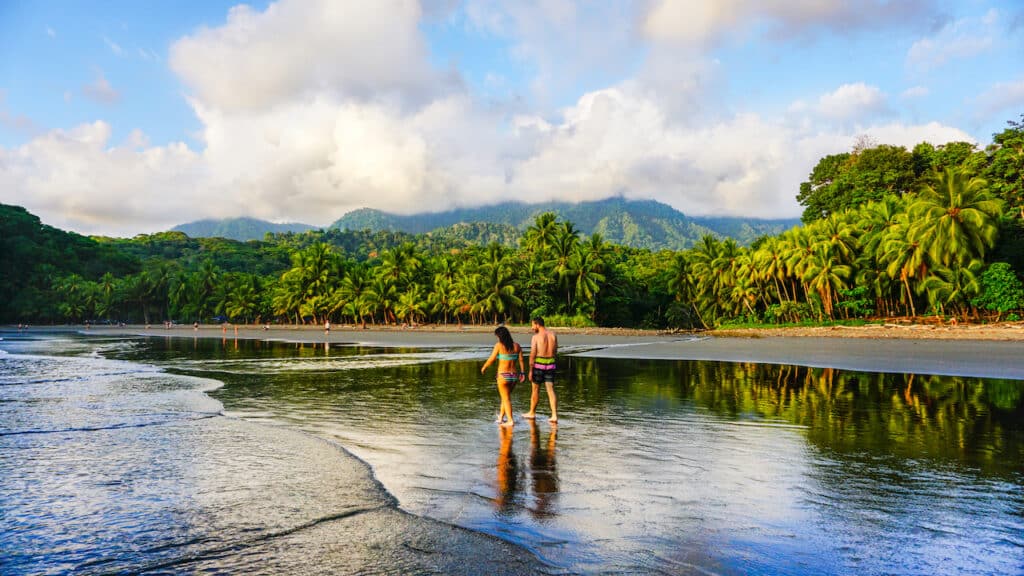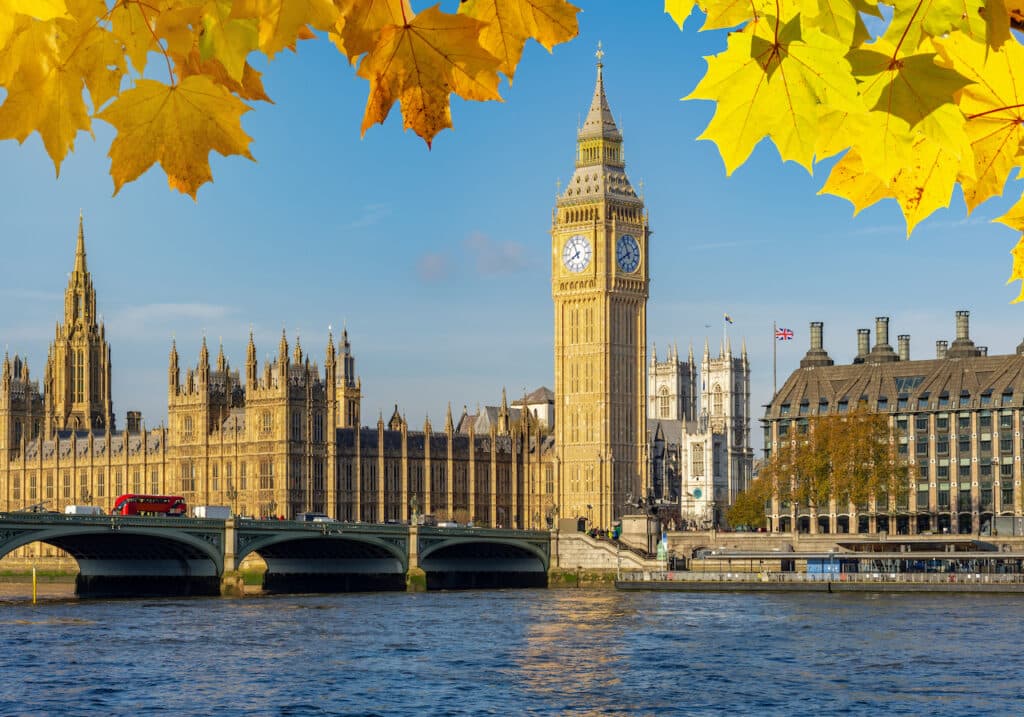Australia’s working holiday visa offers U.S. citizens a unique opportunity to travel, work, and immerse themselves in Australian culture for up to a year. But before you pack your bags, it’s essential to understand the eligibility requirements, application process, financial obligations, work rules, and—of course—your tax responsibilities both in Australia and back home. This guide breaks down everything you need to know about Australia’s working holiday visa, so you can embark on your adventure with confidence and peace of mind.
Eligibility requirements and age limits for U.S. citizens
Australia’s working holiday visa (subclass 462) is designed for young adults who want to experience life in Australia while supplementing their travels with short-term work. For U.S. citizens, the key eligibility criteria include:
- Age limit: You must be between 18 and 30 years old (inclusive) at the time of application. You can apply up until the day before your 31st birthday.
- Passport: You must hold a valid U.S. passport.
- Education: A high school diploma (or equivalent) is required.
- No dependent children: You cannot bring dependent children with you on this visa.
- Health and character: You may need to undergo a health examination and provide police certificates to demonstrate good character.
- No previous working holiday visa: You must not have previously entered Australia on a subclass 462 or 417 visa.
💡Pro Tip:
If you’re approaching the age limit, apply as soon as possible. Once granted, you have 12 months to enter Australia and activate your visa.
Step-by-step application process and required documentation
Applying for Australia’s working holiday visa is a straightforward process, but attention to detail is crucial. Here’s how to get started:
1. Gather your documents
- Valid U.S. passport with at least six months’ validity
- Proof of education e.g. high school diploma
- Recent passport-sized photo
- Evidence of sufficient funds
- Health insurance documentation
- Police certificates if requested
2. Complete the online application
- Visit the Australian Government’s Department of Home Affairs website and create an ImmiAccount.
- Fill out the application form for the subclass 462 visa.
- Upload your supporting documents.
3. Pay the application fee
- The fee is currently AUD $635 (as of 2024). Payment is made online during the application process.
4. Wait for processing
- Processing times vary, but most applications are decided within 1–2 months. You’ll receive notification by email.
5. Receive your visa grant notice
- Once approved, you’ll receive a visa grant notice. You have 12 months to enter Australia and activate your visa.
💡Pro Tip:
Double-check all documents before submitting. Incomplete or incorrect applications can lead to delays or refusals.
Financial requirements and proof of funds
Australia wants to ensure that working holiday makers can support themselves, especially upon arrival. Here’s what you need to know:
- Minimum funds: You must show access to at least AUD $5,000 (about USD $3,300 as of 2024) to cover initial expenses.
- Proof of funds: Acceptable evidence includes recent bank statements, a letter from your bank, or a combination of savings and credit card limits.
- Return ticket or additional funds: If you don’t have a return ticket, you may need to show extra funds to cover your departure from Australia.
Example: If you have $5,000 AUD in your checking account and a one-way ticket, you’re set. If you only have a one-way ticket, consider showing a bit more in savings to satisfy immigration officers.
💡Pro Tip:
You may be asked to show proof of funds at the border, so keep documentation handy when you travel.
Understanding work restrictions and employment rules
The working holiday visa is designed for short-term, casual work—perfect for funding your travels, but not for building a long-term career. Here’s what to expect:
- Work duration: You can work for any employer, but only for up to 6 months with each employer.
- Types of work: Most jobs are in hospitality, tourism, agriculture, and retail, but you’re not limited to these fields.
- Study: You can study for up to 4 months during your stay.
- Regional work: Completing specified work in regional areas (like farm work) may make you eligible for a second or third working holiday visa.
- No permanent employment: The visa is not intended for permanent or long-term employment.
Real-world example: Many U.S. expats pick up barista jobs in Sydney, work on farms in Queensland, or join tour companies in Melbourne. Flexibility is key—embrace the adventure!
💡Pro Tip:
Always check your visa conditions in your ImmiAccount to avoid accidental breaches.
Tax obligations and tax rates
Taxes can feel overwhelming, especially when you’re working abroad. Here’s what U.S. citizens need to know about tax obligations on one of Australia’s working holiday visa:
In Australia
- Tax file number (TFN): Apply for a TFN as soon as you arrive. You’ll need it to work and get paid.
- Tax rates: As a working holiday maker, your income is taxed at a special rate—15% on the first AUD $45,000 (as of 2024), then higher rates apply above that threshold.
- Superannuation: Your employer will contribute to a retirement fund (superannuation). You can claim this back when you leave Australia.
- Tax return: If you earn income, you must file an Australian tax return at the end of the financial year (July 1–June 30).
In the United States
- Worldwide income: The U.S. taxes citizens on worldwide income, even while abroad. You must report your Australian earnings on your U.S. tax return.
- Foreign tax credit: You can usually claim a credit for taxes paid to Australia, helping to avoid double taxation.
- Filing requirements: If your total worldwide income exceeds the U.S. filing threshold, you must file a return. You may also need to report foreign bank accounts (FBAR) if your balances exceed $10,000 at any point during the year.
Example: If you earn AUD $20,000 in Australia, you’ll pay 15% tax there. When you file your U.S. return, you’ll report this income and can claim a credit for the Australian tax paid.
💡Pro Tip:
Keep detailed records of your income, taxes paid, and any superannuation contributions. This will make tax time much less stressful.
Ready to make your Australian adventure stress-free?
Navigating taxes as a U.S. expat on Australia’s working holiday visa doesn’t have to be overwhelming. Our team of friendly, knowledgeable expat tax professionals is here to guide you every step of the way—so you can focus on making memories, not worrying about paperwork.
Frequently Asked Questions
-
Can U.S. citizens apply for Australia’s working holiday visa more than once?
Yes, U.S. citizens can apply for a second or even third Working Holiday (subclass 462) visa if they complete specified regional work during their first or second visa. Each additional visa requires meeting specific work requirements in designated industries and locations in Australia. If you haven’t completed the required work, you can only hold the visa once.
-
What happens if I turn 31 after applying for Australia’s working holiday visa?
As long as you apply before your 31st birthday, you remain eligible—even if you turn 31 while your application is being processed or after your visa is granted.
-
Do I need health insurance for an Australian working holiday visa?
While not mandatory, it’s strongly recommended to have comprehensive health insurance for the duration of your stay in Australia.
-
How do I prove I have $5,000 AUD for a working holiday visa?
You can provide recent bank statements, a letter from your bank, or evidence of available credit to meet the proof of funds requirement.
-
Will I owe U.S. taxes on income earned while on a working holiday visa?
Yes, as a U.S. citizen, you must report your worldwide income—including earnings in Australia—on your U.S. tax return. However, you can usually claim a foreign tax credit for taxes paid in Australia.

 Connect on LinkedIn
Connect on LinkedIn

